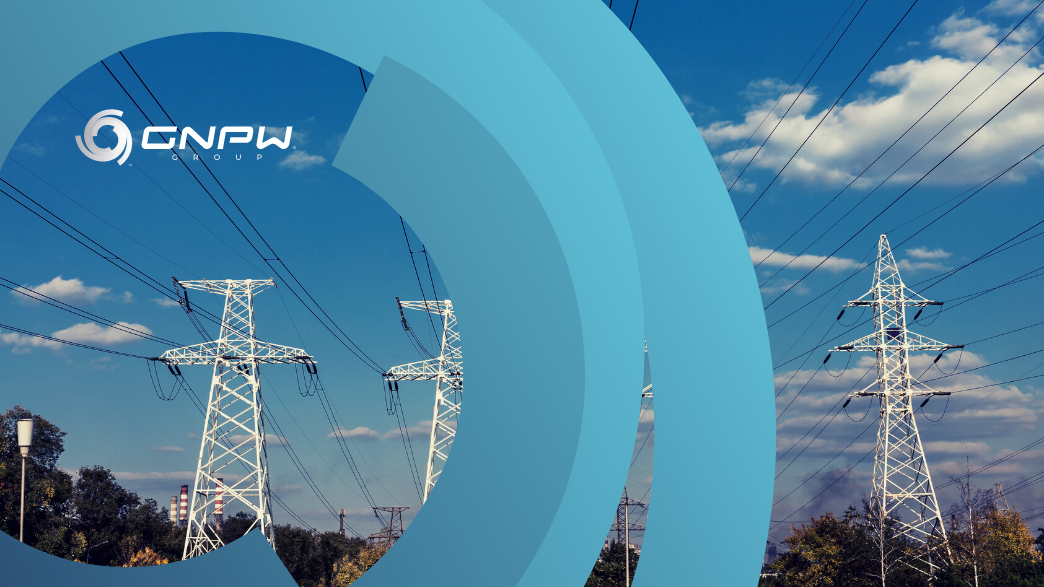Distributed generation is equivalent to 4.3% of electricity consumption in the distributors’ market, according to a CCEE survey.
In the last ten years, distributed generation has developed in Brazil, including in the distributor market. Since 2012, with ANEEL Normative Resolution No. 482/2012, Brazilian consumers can generate their own electricity from renewable sources or qualified cogeneration, and can also supply the surplus generated to the distribution network.
The model created by the government aims to stimulate distributed generation, as it brings benefits to the electrical system, such as reducing the expansion of the transmission and distribution system, since the consumer himself produces and introduces energy into the electrical grid. In addition, the reduction in the loading of the nets minimizes losses and helps in the diversification of the matrix.
Distributed generation and its growth
Distributed generation has grown in the Brazilian energy matrix, especially the photovoltaic solar market with the presence of panels in homes and industries. According to data from the Electric Energy Commercialization Chamber – CCEE, distributed generation is equivalent to 4.3% of all consumption by distributors’ customers.
In the first half of 2022, distributed generation plants produced around 1900 average MW. That is, a growth of 80% compared to the same period last year. Analyzing the installed capacity, the technology is equivalent to almost a hydroelectric plant in Belo Monte, reaching 11,315 megawatts of power in the country.
In addition to distributed generation, centralized generation has also grown. The energy produced by large solar farms is responsible for an average supply of 1,207 megawatts in the first half of 2022. Compared to the same period last year, the value has increased by 64%.
According to data on distributed generation from ANEEL and bulletins from the Chamber of Commerce, in all, adding the 5719 megawatts of centralized generation, solar projects in Brazil concentrate 17035 megawatts of installed capacity, more than the Itaipu plant with 14000 megawatts.
DG in Brazil and the increase in renewable sources
In July 2022, distributed generation reached 12.2 GW of installed power in Brazil, of which 11.9 GW are from photovoltaic installations, according to ANEEL data.
For the coming years, expectations are positive for the growth of the model in the country, especially with the development of other renewable sources, in addition to solar and wind power, such as biogas. After all, society is increasingly demanding more sustainable models in all its consumption and energy is included in this scenario.
Furthermore, the optimism regarding the model has at least three reasons: the water crisis, which already last year heated up the demand for its own energy generation; the approval of the distributed mini and micro generation framework; and the effects of the war in Ukraine on energy prices and global inflation.
Another point is that following the ESG goals of the companies, companies and investors are identifying the attractiveness of good results in the model. Solar energy has already proven DG’s potential and the trend is for other sources to follow this growth.
Biogas is one of the renewable sources that has been helping the growth of DG. It is a biofuel produced from the decomposition of organic materials, of plant or animal origin, which, when decomposing in the absence of oxygen, produce gases, such as methane, which can be used to generate thermal, electrical energy and vehicle fuel.
The model has been highlighted as a good investment, as it is a way to improve waste management, which is a problem in large cities, in addition to farms, such as swine farms. According to data from ABiogás for 2021, the potential for biogas production in Brazil is 84.6 billion m³/year. When we talk about agribusiness, 44% of the sector’s potential for substrate is concentrated in animal waste.
Therefore, distributed generation has been growing and demonstrating its importance in the distributors’ market. To read other content like this, visit our blog.

Comment